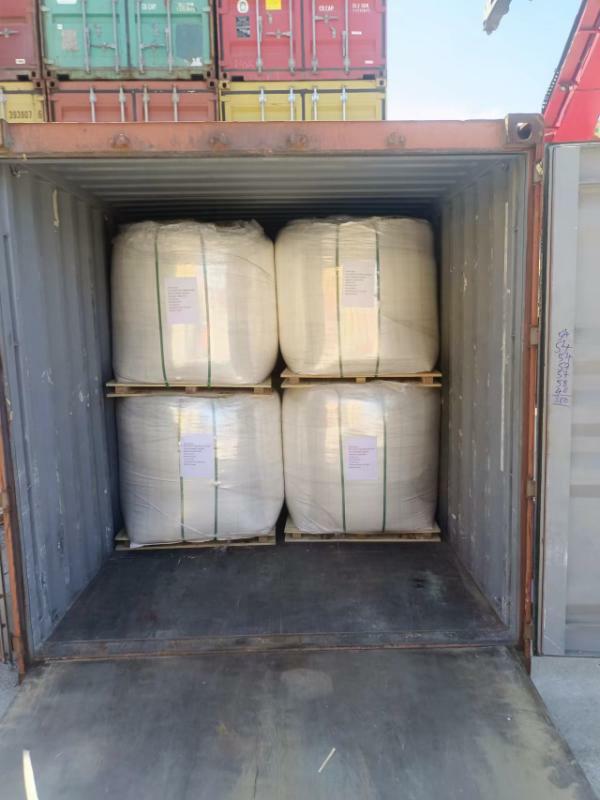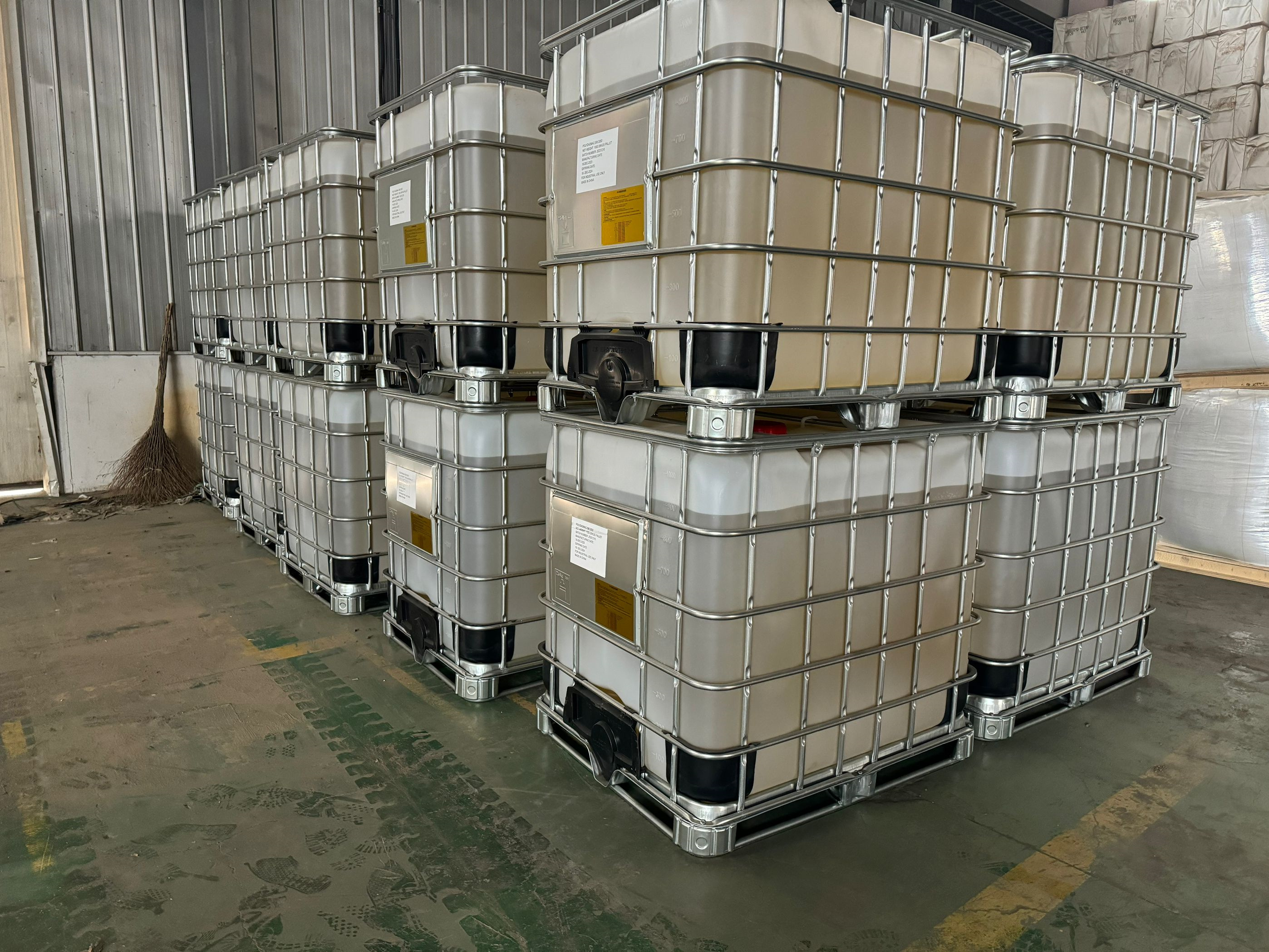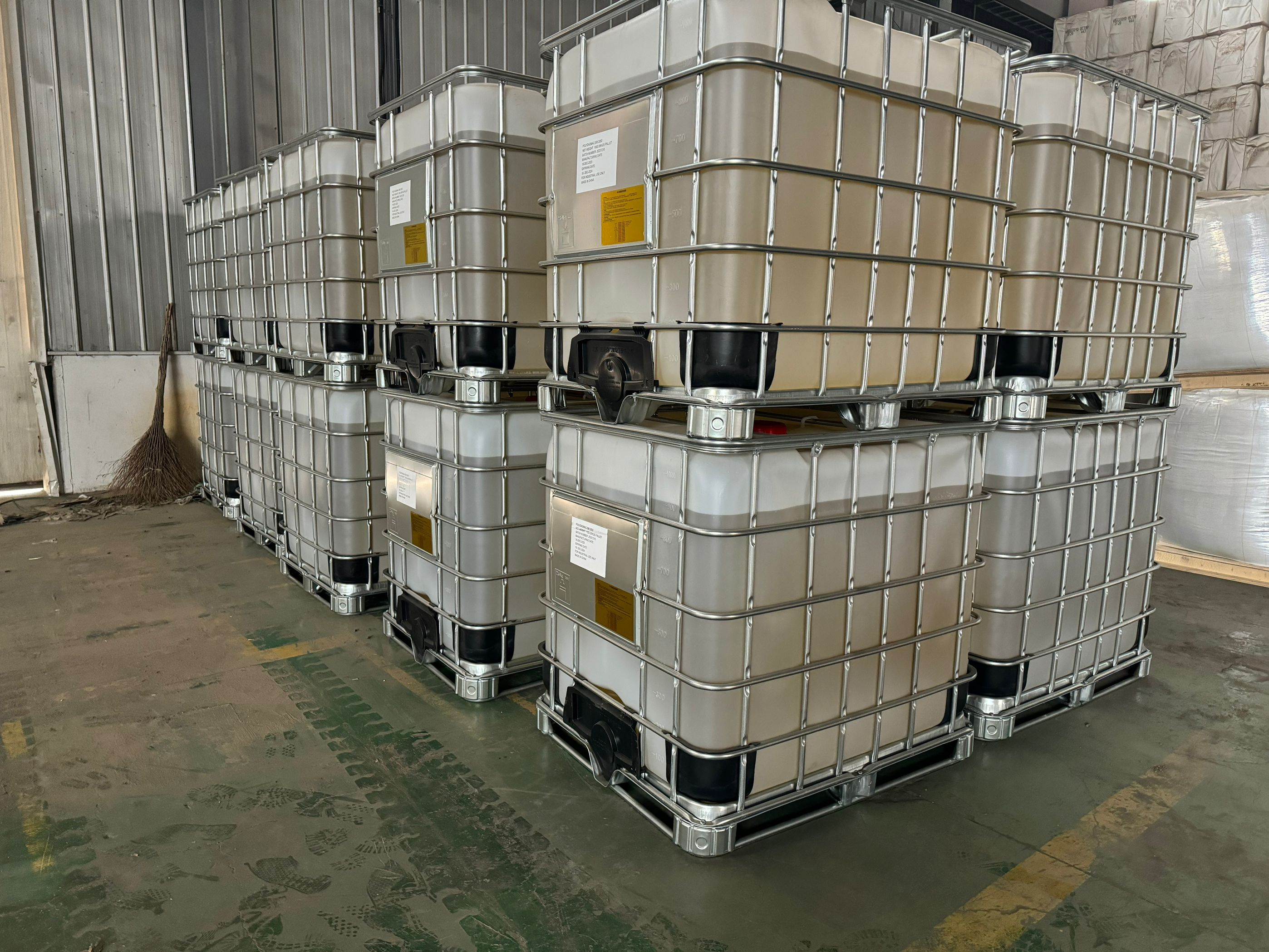anionic flocculant magnafloc 919 can be replaced by Asiafloc A series
Material
- am acrylic acid
Color
- white granular
Application
- water treatment ,mineral processing
Certificate
- ISO9001 ,ISO14001
Place of Origin
- China
Other Names
- PAM ,flocculant
CAS No
- 9003-05-8
Brand Name
- asiafloc
Usage
- water treatment ,mineral processing
anionic flocculant magnafloc 919 can be replaced by Asiafloc A series
magnafloc 919 is a kind of anionic flocculant with ultra high molecualr weight and medium hydrolysis degree mainly used for coal ,copper,iron ore,gold an other mineral processing.Chinafloc A series can replace of them with good performance.
Anionic flocculants are highly effective chemicals used to promote the aggregation of suspended particles in water and other liquids. They play a critical role in various industrial processes, particularly those involving the treatment of wastewater, mineral processing, oil and gas extraction, and the paper and pulp industry. The primary function of anionic flocculants is to induce the formation of flocs, or clumps of particles, which can then be more easily separated from the liquid. Below, we’ll explore the main applications of anionic flocculants, highlighting their importance across different industries.
1. Wastewater Treatment:
Wastewater treatment is one of the most significant applications for anionic flocculants. Municipal and industrial wastewater often contains a variety of suspended solids, organic matter, and other pollutants that must be removed before the water can be safely discharged or reused. Anionic flocculants are commonly used in the following aspects of wastewater treatment:
Primary Clarification: In the primary clarification stage, anionic flocculants are added to raw wastewater to promote the aggregation of suspended solids. These flocculants neutralize the negative charges on the particles, allowing them to come together and form larger flocs. These larger particles settle more quickly to the bottom of the clarifier, where they can be removed as sludge. The use of anionic flocculants in primary clarification significantly improves the clarity of the water and enhances the efficiency of subsequent treatment processes.
Secondary Treatment: After biological treatment, wastewater often contains fine suspended solids and colloidal particles that are difficult to remove. Anionic flocculants are added during secondary treatment to aid in the removal of these particles. By forming flocs, these flocculants help in the separation of solid and liquid phases, resulting in clearer effluent and more effective treatment.
Sludge Thickening and Dewatering: In wastewater treatment plants, the sludge produced during clarification and biological treatment needs to be thickened and dewatered before disposal or further processing. Anionic flocculants are used to enhance the thickening process by causing the sludge particles to form larger aggregates, which can then be more easily separated from water. This reduces the volume of sludge and lowers the cost of disposal. Additionally, during sludge dewatering, anionic flocculants are used to improve the removal of water from the sludge, resulting in a drier and more manageable final product.
Phosphorus Removal: Phosphorus is a common nutrient in wastewater that can contribute to eutrophication in natural water bodies if not properly removed. Anionic flocculants are often used in conjunction with metal salts to enhance the removal of phosphorus from wastewater. By forming stable flocs with phosphorus-containing compounds, these flocculants help in reducing phosphorus levels to meet environmental discharge standards.
2. Mineral Processing:
The mineral processing industry is another major user of anionic flocculants. The extraction and processing of minerals from ore often involve the creation of fine slurries that require solid-liquid separation. Anionic flocculants play a vital role in the following mineral processing operations:
Thickening: During the processing of ores, the ground ore is often mixed with water to create a slurry. This slurry needs to be thickened to separate the solid particles from the liquid. Anionic flocculants are added to the slurry to promote the formation of larger flocs, which settle more rapidly, allowing the liquid to be easily decanted or filtered off. This thickening process is crucial for water recovery and recycling within the processing plant, as well as for reducing the volume of material that needs to be transported or disposed of.
Tailings Management: Tailings, the waste material left after the extraction of valuable minerals, are typically stored in large tailings ponds. Anionic flocculants are used to dewater tailings, reducing their volume and making them easier to manage and store. This dewatering process also enhances the stability of tailings storage facilities, reducing the risk of environmental contamination. Moreover, the use of anionic flocculants in tailings management helps in the recovery of water, which can be reused in the processing plant, thereby reducing overall water consumption.
Flotation: In mineral processing, flotation is a technique used to separate valuable minerals from the ore based on differences in their surface properties. Anionic flocculants can be used to selectively agglomerate certain minerals, improving their separation from unwanted gangue materials. By enhancing the efficiency of the flotation process, anionic flocculants contribute to higher recovery rates and improved product quality.
3. Oil and Gas Industry:
Anionic flocculants are also widely used in the oil and gas industry, particularly in the treatment of produced water, drilling fluids, and enhanced oil recovery operations.
Produced Water Treatment: Produced water is a by-product of oil and gas extraction, and it often contains a mix of oil droplets, suspended solids, and other contaminants. Anionic flocculants are used to treat produced water by promoting the aggregation of these contaminants, forming larger flocs that can be more easily separated from the water. This treatment is essential to meet environmental discharge standards and to reduce the environmental impact of oil and gas operations. In some cases, the treated water can be reused in the extraction process, further reducing the demand for fresh water.
Drilling Fluids: During the drilling of oil and gas wells, drilling fluids, also known as mud, are used to lubricate the drill bit, stabilize the borehole, and carry cuttings to the surface. Anionic flocculants are added to drilling fluids to enhance their viscosity and improve their ability to suspend and transport drill cuttings. Additionally, anionic flocculants help to control fluid loss by forming a thin, impermeable filter cake on the walls of the borehole, preventing the infiltration of drilling fluid into the surrounding formation.
Enhanced Oil Recovery (EOR): In the later stages of oil field development, when primary and secondary recovery methods have been exhausted, enhanced oil recovery (EOR) techniques are used to extract additional oil from the reservoir. One such technique is polymer flooding, where anionic flocculants are injected into the reservoir to improve the sweep efficiency of the water flood. These flocculants increase the viscosity of the injected water, allowing it to better displace the remaining oil and push it towards the production wells. The use of anionic flocculants in EOR can significantly increase the recovery of oil from mature fields.
4. Paper and Pulp Industry:
The paper and pulp industry is a major consumer of anionic flocculants, which are used to improve the quality of the final product and enhance the efficiency of the manufacturing process.
Retention and Drainage Aids: During the papermaking process, fine particles such as fibers, fillers, and pigments are suspended in water. Anionic flocculants are used as retention and drainage aids to promote the aggregation of these fine particles, enhancing their retention in the paper sheet. This not only improves the quality and strength of the paper but also reduces the loss of valuable materials in the wastewater. Additionally, by improving drainage, anionic flocculants reduce the amount of water that needs to be removed during the pressing and drying stages, thereby increasing the speed of the papermaking process and reducing energy consumption.
Wastewater Treatment: The paper and pulp industry generates large volumes of wastewater that must be treated before it can be discharged. Anionic flocculants are used in the treatment of this wastewater to remove suspended solids, organic matter, and other contaminants. Their use helps to meet environmental discharge standards and reduces the impact of the industry on local water bodies. In some cases, the treated water can be recycled within the plant, reducing the overall demand for fresh water.
Coagulation of Dyes and Inks: In the production of colored or recycled paper, dyes, and inks must be effectively removed from the water used in the process. Anionic flocculants are employed to coagulate these dyes and inks, forming flocs that can be easily removed by filtration or sedimentation. This process is crucial for producing high-quality paper products and for ensuring that the wastewater meets regulatory standards.
5. Other Industrial Applications:
In addition to the industries mentioned above, anionic flocculants are used in a variety of other industrial processes where solid-liquid separation is required. Some of these applications include:
Textile Industry: In the textile industry, anionic flocculants are used in the treatment of wastewater containing dyes, fibers, and other suspended solids. Their use helps to clarify the water and reduce the environmental impact of textile manufacturing. Additionally, anionic flocculants are used in the sizing and finishing processes to improve the quality of the final fabric.
Chemical Industry: In the chemical industry, anionic flocculants are used in the treatment of wastewater and process streams containing fine particles, heavy metals, and other contaminants. They help to aggregate these particles, making them easier to separate from the liquid. The use of anionic flocculants in chemical manufacturing improves process efficiency and reduces waste.
Pharmaceutical Industry: The pharmaceutical industry generates complex wastewater streams that require effective treatment to remove suspended solids, organic matter, and other contaminants. Anionic flocculants are used to enhance the treatment process, ensuring that effluent meets regulatory standards and reducing the impact of pharmaceutical manufacturing on the environment.
Mining Industry: In the mining industry, anionic flocculants are used in various processes, including the treatment of mine tailings, the clarification of process water, and the recovery of valuable minerals. Their use helps to improve the efficiency of mining operations and reduce the environmental impact of the industry.






